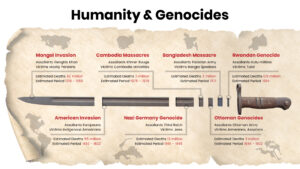Abu Dhabi, UAE — The total assets of the global Islamic finance sector continue on a path of rapid growth, pointing to the sector’s accelerated growth in the UAE last year due to the strong performance of the non-oil economy, said S&P Global Ratings, a global credit rating agency.
The agency added, in a recent report titled “Islamic Finance 2024-2025: Resilient Growth Anticipated Despite Missed Opportunities”, that it expects high single-digit growth in the period 2024-2025 after the sector achieved 8 percent growth in 2023.
According to the report, sukuk issuances are expected to range between US$160-170 billion in 2024, boosting sector assets’ growth in 2024, while further growth is likely to be witnessed in the Islamic investment funds and Takaful sectors.
The agency explained in its report that the sukuk market started strong in 2024, with total issuances reaching $46.8 billion by 31st March, 2024, compared to $38.2 billion in the same period of the previous year.
Islamic banking assets contributed 56 percent to Islamic finance sector growth in 2023, compared to 72 percent in 2022, indicating that financial institutions in all Gulf countries accounted for 86 percent of asset growth in 2023, with Saudi Arabia being the main contributor, achieving 56.7 percent of the growth. It also expected Saudi Vision 2030 and the growth in corporate lending and mortgage financing to continue supporting the Islamic finance sector over the next 12-24 months.
Additionally, the report noted that “the UAE’s contribution was strongest in 2023 due to the strong performance of the non-oil sector, and in other countries, we observed some growth, especially in Turkiye and Indonesia, while performance declined somewhat in Malaysia and Türkiye due to the depreciation of the ringgit and the Turkish lira”.
The agency expected the Islamic banking sector in the Asia-Pacific region to achieve significant growth, driven by high single-digit demand for Islamic products and services and untapped market potential in Indonesia, Bangladesh, and Pakistan over the next two years.








